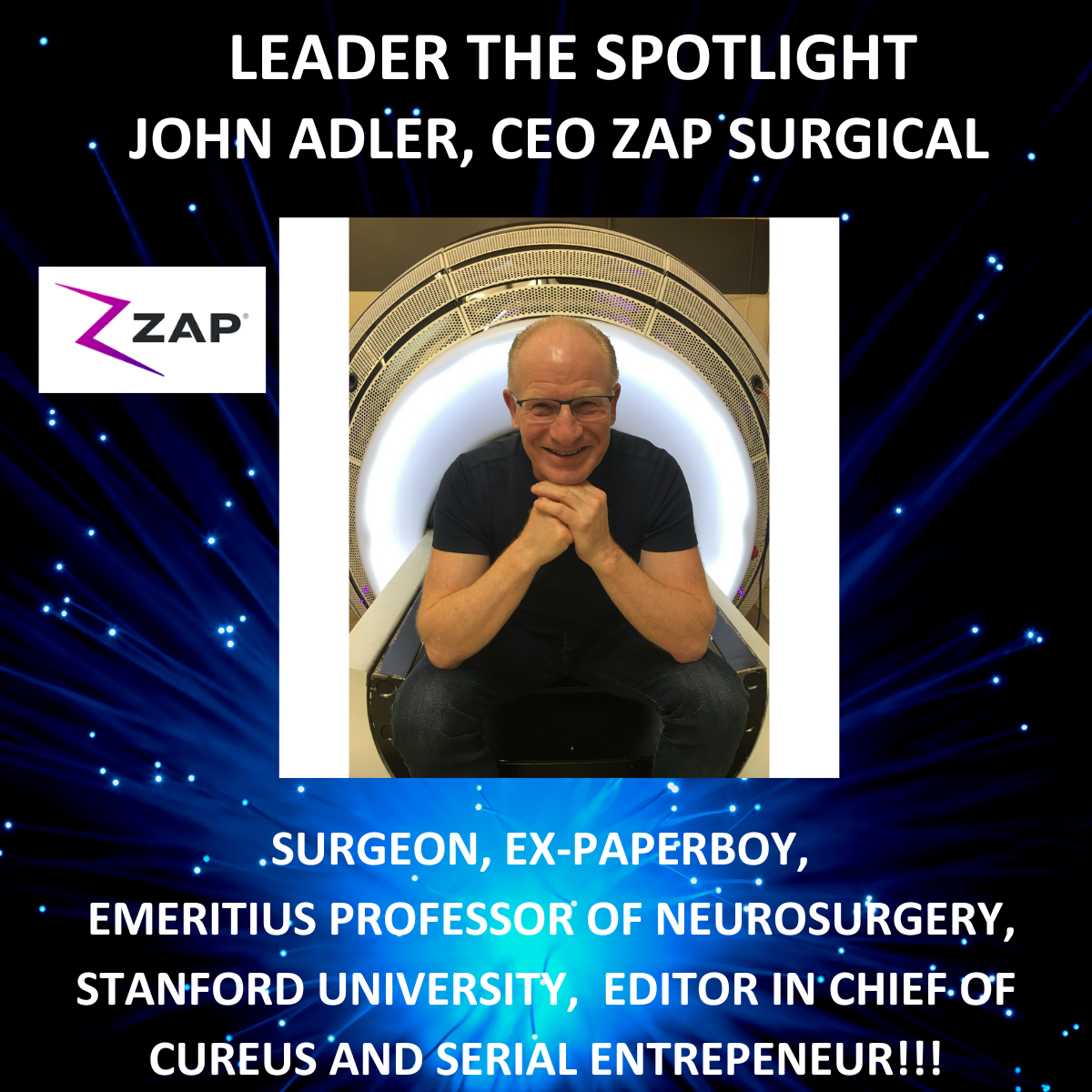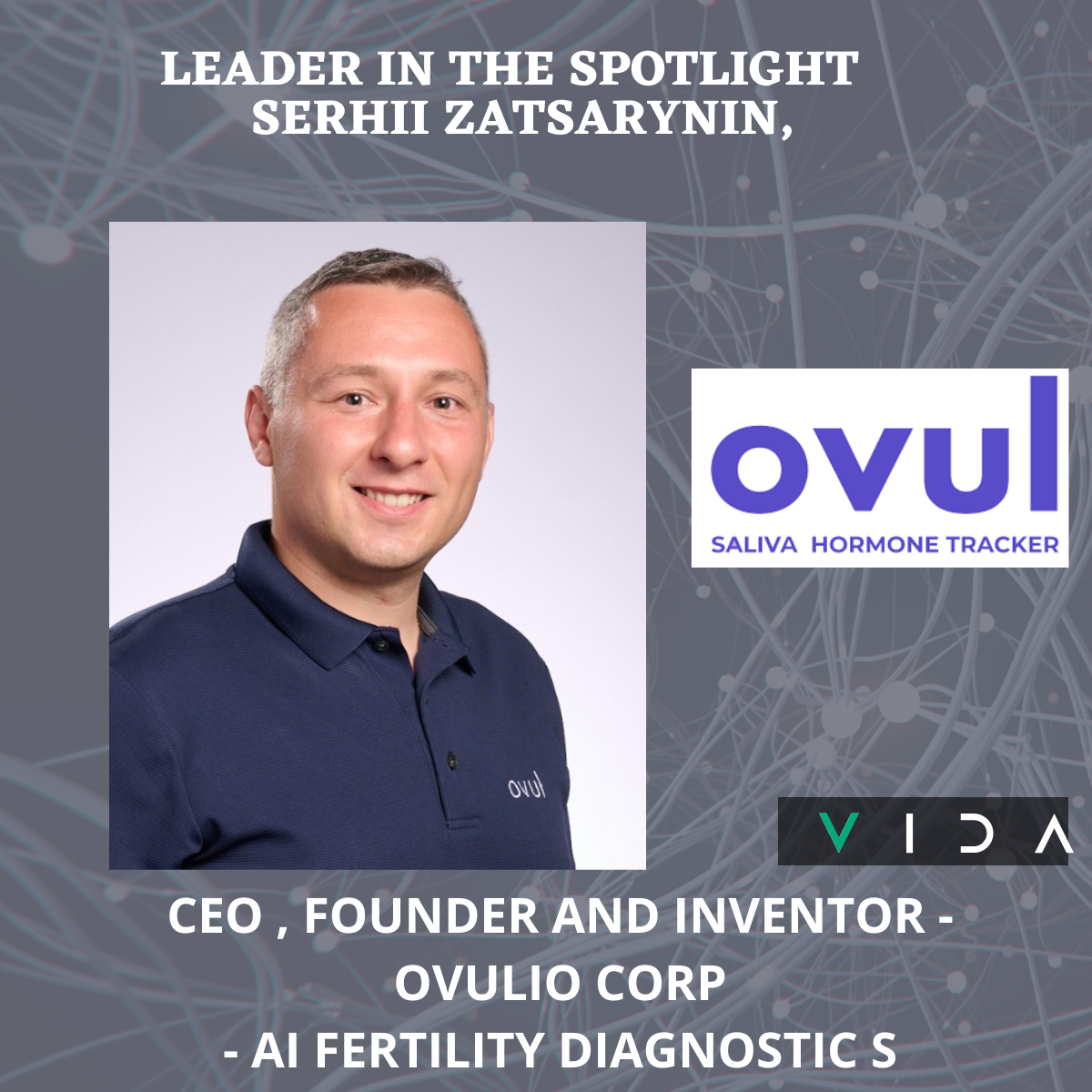
POSTED BY
John Swift
Allogeneic vs. Autologous Transplants – an overview
Stem cell transplant has come a long way. Replacing diseased or ineffective stem cells with healthy new stem cells now provides exceptional outcomes for complex cancers such as lymphoma. It’s often lifesaving.
Two key therapies
The two key types of stem cell transplants are autologous and allogeneic. Put simply, autologous transplants use stem cells from the patient’s own body, while allogenic transplants use stem cells from a donor.
In autologous transplant stem cells are collected from the patient and frozen in liquid nitrogen before transplant conditioning. The patient’s stem cells are then returned to the body after treatment to help it produce healthy red and white blood cells and platelets.
An allogeneic transplant uses stem cells from a donor whose human leukocyte antigens (HLA) are acceptable matches to those of the patient’s. The stem cell donor may be related to the patient, or they may be an unrelated volunteer found through a donor registry search such as the National Marrow Donor Program.
Allogenic transplants – using donor cells
There are two types of allogeneic transplants. In a myeloablative transplant, large doses of chemotherapy – or a combination of chemotherapy and radiation – are used to overcome resistance and eradicate a patient’s malignancy. In a reduced-intensity allogeneic transplant, doctors suppress the recipient’s immune system enough so the donor stem cells can take root.
The intensity of the therapy is insufficient to eradicate the malignancy, so this form of transplantation depends on the immunologic recognition of the cancer by the immune system of the donor. This is called the graft-versus-tumor effect or GVTD. It is a major source of complications in this kind of transplant.
These types of transplants are also used to treat blood disorders and immune system diseases, such as aplastic anemia, sickle cell anemia, myelodysplastic syndromes, Waldenström’s macroglobulinemia, and myeloproliferative disorders.
The process of growing new blood cells after receiving a transplant generally takes between two and four weeks. But because stem cell transplants destroy and rebuild the immune system, patients are left immunocompromised and more vulnerable to infection. The full recovery of the immune system can take much longer.
The market for this kind of transplant is global and volatile, with US companies like Regen Biopharma, Inc. and Escape Therapeutics, Inc. leading the way closely followed by big European companies such as Lonza Group Ltd. Of Switzerland.
The exponential growth and opportunity in this field is reflected by the recent change of name by China Cord Blood Corporation to Global Cord Blood Corporation, reflecting their growing ambition, sphere of influence and market intention.
It is not always plain sailing, legislation is rigorous and companies such as Cryo-Save AG were recently forced to close and reinvent themselves as part of CSG-BIO to ensure continuity for storage of their stem cells.
Autologous transplant – using your own cells
Since it uses your own stem cells, autologous transplantation is readily available. You don’t need to identify an HLA-matched donor, there is a lower risk of complications from GVHD and no need for immunosuppressive therapy to prevent GVHD and graft rejection.
Importantly, immune reconstitution is more rapid than after an allogeneic transplant and there is a lower risk of opportunistic infections. Graft failure occurs rarely. Treatment-related mortality is lower than 5% in most studies, and elderly patients can tolerate treatment relatively well.97,98
However, autologous transplants have several drawbacks.
Because malignant cells may involve the blood and bone marrow, the autograft may be contaminated with tumour cells that could contribute to relapse. What is more, autologous transplantation relies solely on the effect of high-dose cytoreductive treatment and lacks the immune-mediated graft-versus malignancy effect resulting after allogeneic transplantation.
However, allogeneic transplantations are guaranteed free of any contaminating tumor cells. They also include donor-derived immunocompetent cells which may produce an immune graft-versus-malignancy effect. There is generally a lower risk for disease recurrence after allogeneic transplants.
A recent report by Fior Markets shows the global autologous cell therapy market is expected to grow from $9.29 billion in 2019 to an extraordinary $42.68 billion by 2027.
The key players in the global autologous cell therapy market include German giant Bayer AG, Japan’s Daiichi Sankyo Co. Ltd., and Takeda Pharmaceutical Co. Ltd., Israel’s Teva Pharmaceutical Industries Ltd., Holostem Terapie Avanzate Srl of Italy, Vericel Corp., Osiris Therapeutics Inc. and Brainstorm Cell Therapeutics Inc. in the US.
The autologous transplant sector is volatile, and companies are continually adopting strategies such as product innovations, mergers and acquisitions, recent developments, joint ventures, collaborations and partnerships, in order to gain market share.
Which to use?
In general, allogeneic transplants have been used predominantly in the treatment of leukemias and myelodysplastic syndromes, whereas autologous transplants have been used more often in solid tumors, lymphoma, and myeloma - although nonablative allogeneic transplants are under evaluation in these disorders as a means to induce graft-versus-malignancy effects.
In conclusion
Both autologous and allogenic treatments represent extraordinary opportunities for medical innovation and are key to improving patient outcomes across a number of otherwise fatal conditions. The market and research dynamics are accordingly agile and fast-moving, with big players positioning themselves to attract talent, funding and gain traction in what is set to become a massive market.
For more information contact John directly:
https://www.linkedin.com/in/john-swift



